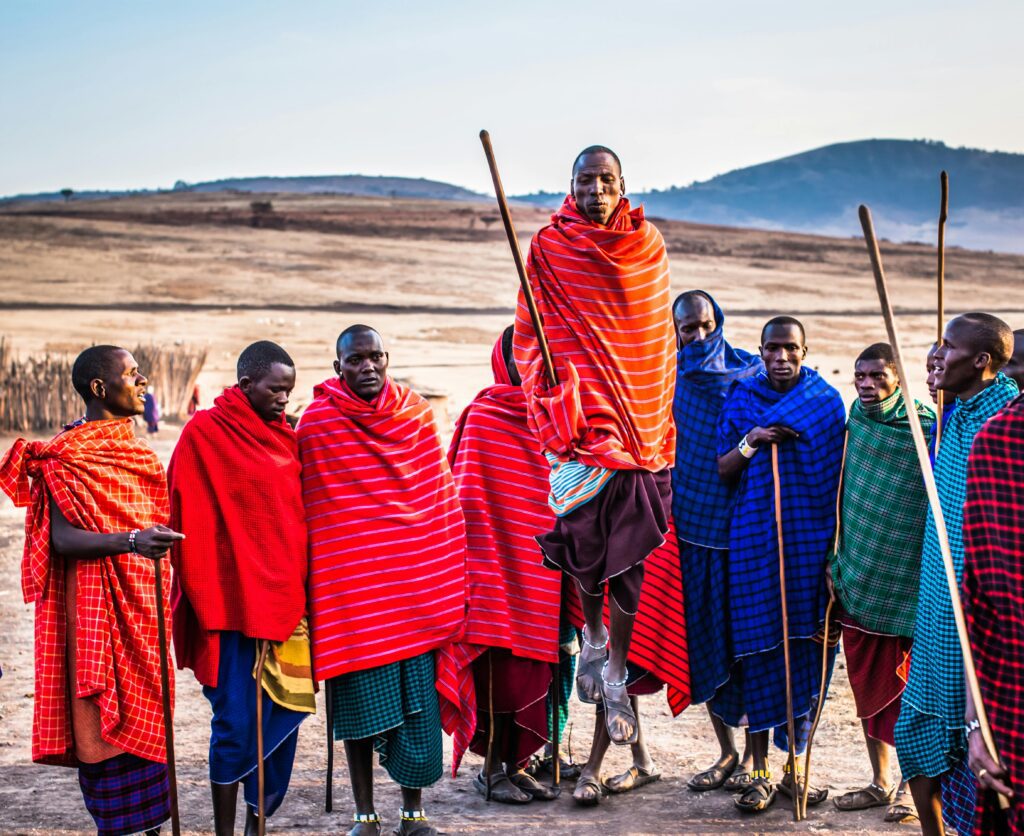Introduction
Why Banff Stands Out
Banff National Park is a place where nature’s grandeur meets human wonder. My first visit was in late September, when golden larch trees framed the emerald waters of Moraine Lake, and the crisp air carried the scent of pine. Established in 1885, Banff is not just Canada’s first national park—it’s a UNESCO World Heritage Site, a sanctuary for wildlife, and a playground for adventurers.
Beyond the iconic lakes and peaks, Banff offers unique experiences that set it apart:
– Dark Sky Preserve: Stargaze at Lake Minnewanka, where light pollution is minimal.
– Indigenous Heritage: Learn about the Stoney Nakoda, Blackfoot, and Tsuut’ina Nations at the Buffalo Nations Luxton Museum.
– Culinary Delights: From foraged mushrooms to Alberta beef, the local cuisine is a treat.
Pro Tip: Visit in late September for fewer crowds and stunning fall colors.
Quick Facts
- Closest Town: Banff (population ~8,000) is the main hub for services.
- Altitude: Banff townsite sits at 1,383 meters—stay hydrated to avoid altitude sickness.
- Cell Service: Spotty in remote areas; download maps offline.
Planning Your Trip

Best Time to Visit Banff National Park
Summer (June–August)
- Pros: Long daylight hours (sunset ~10 PM), wildflowers in bloom, all trails open.
- Cons: Crowds at Lake Louise; book hotels 6+ months in advance.
- Hidden Gem: Sunrise at Herbert Lake (Icefields Parkway)—no crowds, glassy reflections.
Winter (December–March)
- Pros: Frozen waterfalls, Northern Lights sightings, ski resorts in full swing.
- Cons: Short days (sunset ~4:30 PM); some roads close (e.g., Moraine Lake Road).
- Must-Do: Johnston Canyon Ice Walk—rent cleats and explore frozen cascades.
Shoulder Seasons
- April–May: Watch for avalanches; some trails remain snowy.
- September–October: Larch trees turn gold—hike Larch Valley (moderate, 4.3 km one-way).
How to Get There
From Calgary Airport (YYC)
- Car Rental: ~$70 CAD/day; must have winter tires October–April.
- Shuttle Options:
- Brewster Express: $70 CAD one-way; drops at major hotels.
- RTB Tours: Private transfers for groups (~$200 CAD).
Public Transit
- Roam Transit: Route 1 serves Banff Avenue; $2 CAD/ride.
- On-It Regional Transit: Summer-only bus from Calgary ($10 CAD).
Packing Essentials
- Summer Add-ons:
- Bear Spray: Rent at Banff Adventures ($10 CAD/day).
- Bug Spray: Mosquitoes are fierce near wetlands.
- Winter Add-ons:
- Hand Warmers: Essential for ski lifts.
- Neck Gaiter: Protects against windchill.
Pro Tip: Pack layers—mornings can be frosty even in summer.
3-Day Banff National Park Itinerary

Day 1: Iconic Lakes & Town Exploration
Morning
- 5:30 AM: Arrive at Moraine Lake (parking fills by 6 AM). Hike the Rockpile Trail (0.8 km) for sunrise photos.
- 8:00 AM: Breakfast at Whitebark Café—try the avocado toast with Alberta honey.
Afternoon
- 12:00 PM: Drive to Lake Louise. Canoe rentals open at 10 AM ($140 CAD/hour); paddle near the glacier-fed shore.
- 2:00 PM: Hike to Lake Agnes Tea House (7 km round-trip). Order the house-blend tea and fresh apple crumble.
Evening
- 6:00 PM: Dinner at The Grizzly House. Book the “Exotic Fondue” (rattlesnake, alligator, or buffalo).
- 8:00 PM: Stroll Banff Avenue; stop at Cows Ice Cream for maple-walnut scoops.
Day 2: Adventure & Wildlife
Morning
- 7:00 AM: Drive Bow Valley Parkway (slow for wildlife!). Hike Johnston Canyon to Ink Pots (11.4 km)—bring waterproof shoes.
Afternoon
- 1:00 PM: Ride the Banff Gondola. At the summit, walk the Sky Bistro boardwalk for 360° views.
- 3:00 PM: Visit Surprise Corner for a hidden view of Fairmont Banff Springs.
Evening
- 6:00 PM: Soak in Banff Upper Hot Springs. Arrive by 5 PM for sunset slots.
- 8:00 PM: Drinks at Park Distillery—their gin is made with glacial water.
Day 3: Hidden Gems & Local Culture
Morning
- 7:00 AM: Hike Cascade Amphitheatre (7.4 km). Listen for pikas (tiny alpine rodents) in the boulder fields.
Afternoon
- 12:00 PM: Tour Cave and Basin NHS. Don’t miss the thermal spring snails—endemic to Banff.
- 2:00 PM: Lunch at Wild Flour Bakery—their vegan “Elvis” sandwich is legendary.
Evening
- 5:00 PM: Banff Farmers Market (seasonal). Chat with artisans; try bison jerky.
- 7:00 PM: Sunset at Vermilion Lakes. Bring binoculars for bald eagle sightings.
Local Experiences & Tips
Cultural Highlights

- Indigenous Tours: Join a Stoney Nakoda guide for storytelling at Lake Minnewanka.
- Festivals:
- Banff Craft Beer Festival (May): Sample local brews.
- SnowDays (January): Ice sculptures on Banff Avenue.
Off-the-Beaten-Path Spots
- Bourgeau Lake: A 7.5-km hike with waterfall views.
- Silverton Falls: Easy 1.2-km trail near Lake Louise.
Safety Tips
- Bear Encounters: Carry spray, hike in groups, and never run.
- River Crossings: Use poles—currents are stronger than they look.
FAQs About Banff National Park
1. Can I visit Banff without a car?
Yes! Roam Transit covers town, and shuttles run to Lake Louise/Moraine Lake (summer only).
2. Are dogs allowed on trails?
Some trails permit leashed dogs (e.g., Fenland Trail), but not in national park backcountry.
3. What’s the best budget meal?
Tooloulou’s—huge portions of poutine for $12 CAD.
4. Can I swim in the lakes?
Yes, but they’re freezing (even in summer). Try Two Jack Lake for a slightly warmer dip.
5. How do I see the Northern Lights?
Winter, clear skies, and low light pollution (try Lake Minnewanka).
Conclusion
Banff is where adventure whispers through the pines and luxury melts into wilderness. Whether you’re sipping cocoa at a backcountry tea house or watching elk graze at dusk, this park leaves an indelible mark.
Your Banff story starts now—what will you discover?
Keywords:
1. “Banff National Park (Canada) travel guide”
2. “Best time to visit Banff National Park (Canada) for outdoor activities”
3. “What to do and see in Banff National Park (Canada) for first-time visitors”
4. “Top attractions and hidden gems in Banff National Park (Canada)”
5. “Banff National Park (Canada) vs Jasper National Park: Which to visit?”


